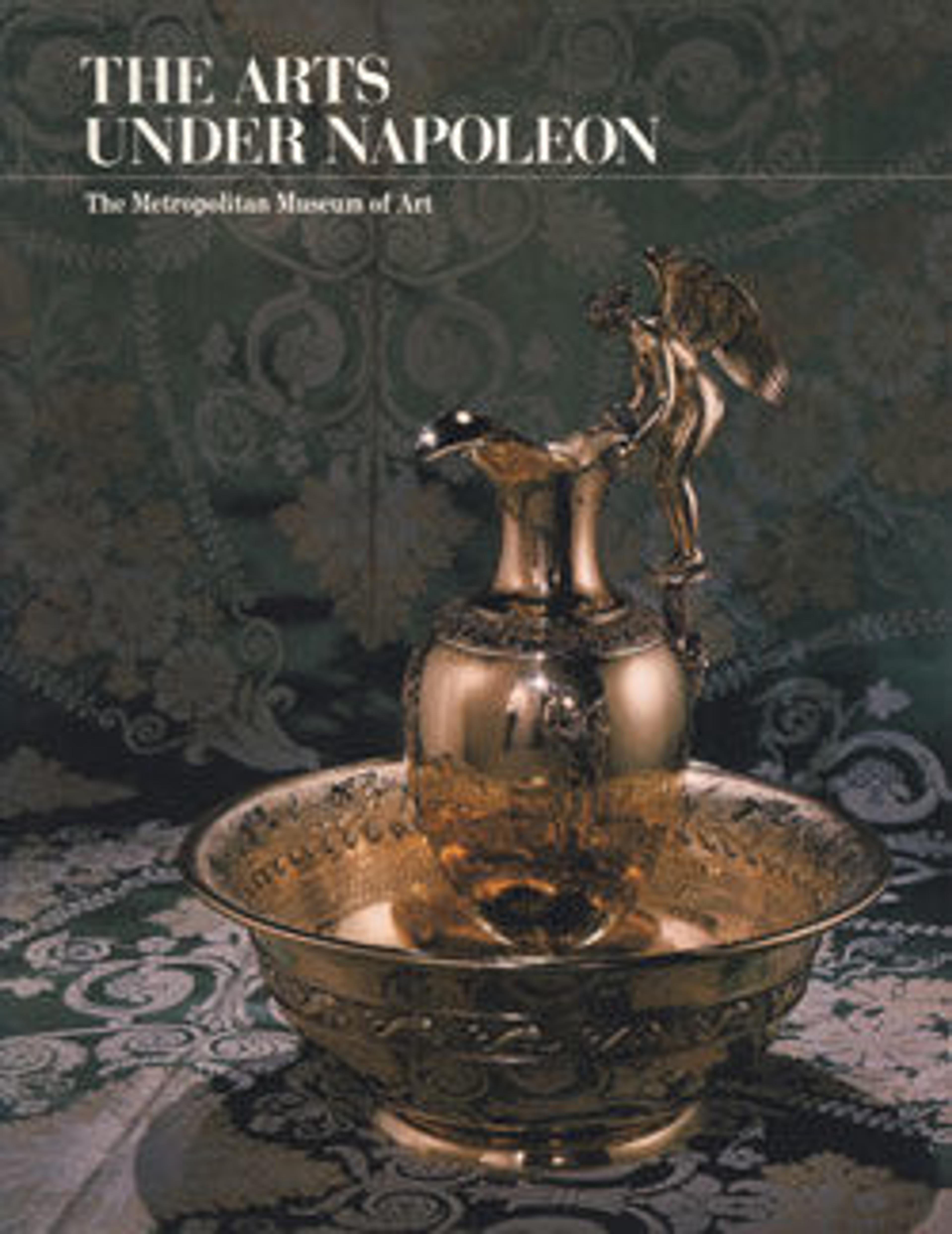Severed head, said to be that of Maximilien-François-Marie-Isidore de Robespierre (1758-1794), guillotined July 28, 1794 (10 Thermidor, An II)
Drawing was only one of Denon’s many pursuits; he was also a collector, a printmaker, a diplomat, and an arts administrator. Among other achievements, he accompanied and documented Napoleon’s Egyptian campaign and was the first director of the museum known today as the Louvre.
Denon’s sketches reflect his sensitivity to politics as well as his urge to document. The three mounted together here (see also 62.119.8a and 62.119.8c) were apparently made during, or soon after, meetings of the National Convention, a new governing body that formally abolished the monarchy, among other acts. All of the men depicted were directly or indirectly associated with the period of violent unrest during the Revolution known as the Reign of Terror and ultimately fell victim to the guillotine themselves.
Denon’s sketches reflect his sensitivity to politics as well as his urge to document. The three mounted together here (see also 62.119.8a and 62.119.8c) were apparently made during, or soon after, meetings of the National Convention, a new governing body that formally abolished the monarchy, among other acts. All of the men depicted were directly or indirectly associated with the period of violent unrest during the Revolution known as the Reign of Terror and ultimately fell victim to the guillotine themselves.
Artwork Details
- Title:Severed head, said to be that of Maximilien-François-Marie-Isidore de Robespierre (1758-1794), guillotined July 28, 1794 (10 Thermidor, An II)
- Artist:Baron Dominique Vivant Denon (French, Givry 1747–1825 Paris)
- Sitter:portrait of Maximilien-François-Marie-Isidore de Robespierre (French, Arras 1758–1794 Paris)
- Date:1794
- Medium:Graphite
- Dimensions:6 7/16 x 4 7/16 in. (16.3 x 11.3 cm.)
- Classification:Drawings
- Credit Line:Rogers Fund, 1962
- Object Number:62.119.8b
- Curatorial Department: Drawings and Prints
More Artwork
Research Resources
The Met provides unparalleled resources for research and welcomes an international community of students and scholars. The Met's Open Access API is where creators and researchers can connect to the The Met collection. Open Access data and public domain images are available for unrestricted commercial and noncommercial use without permission or fee.
To request images under copyright and other restrictions, please use this Image Request form.
Feedback
We continue to research and examine historical and cultural context for objects in The Met collection. If you have comments or questions about this object record, please contact us using the form below. The Museum looks forward to receiving your comments.
